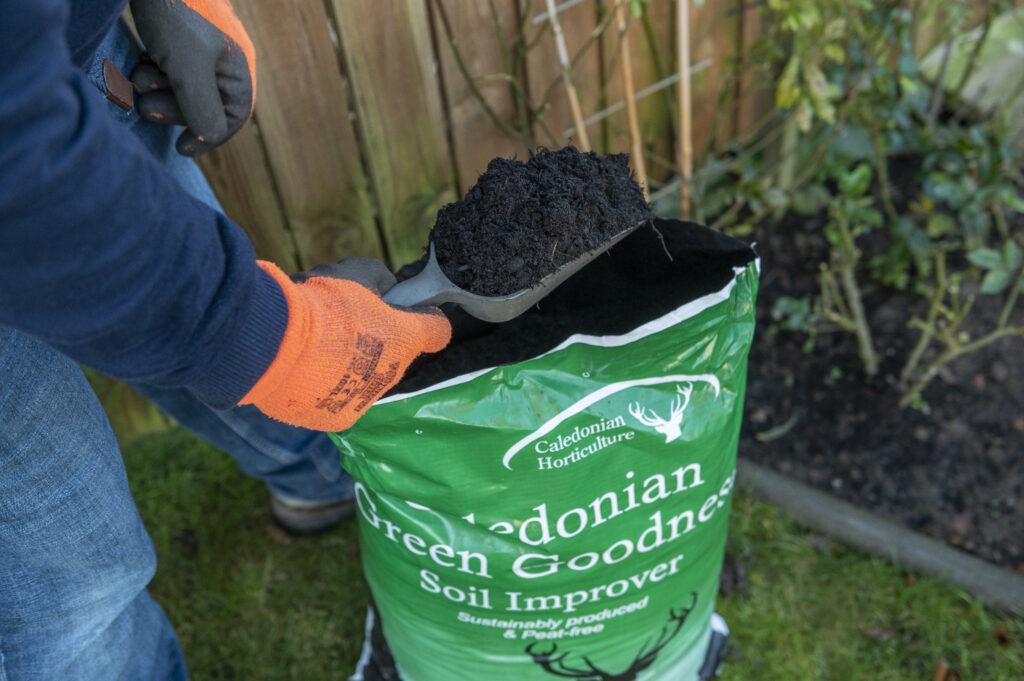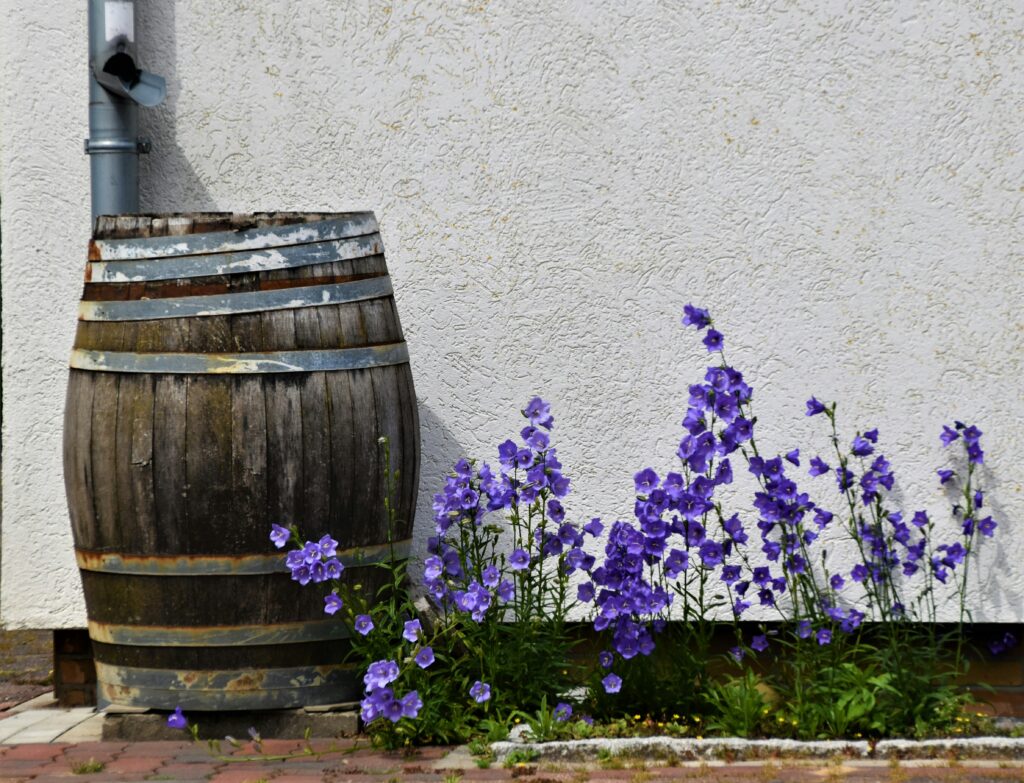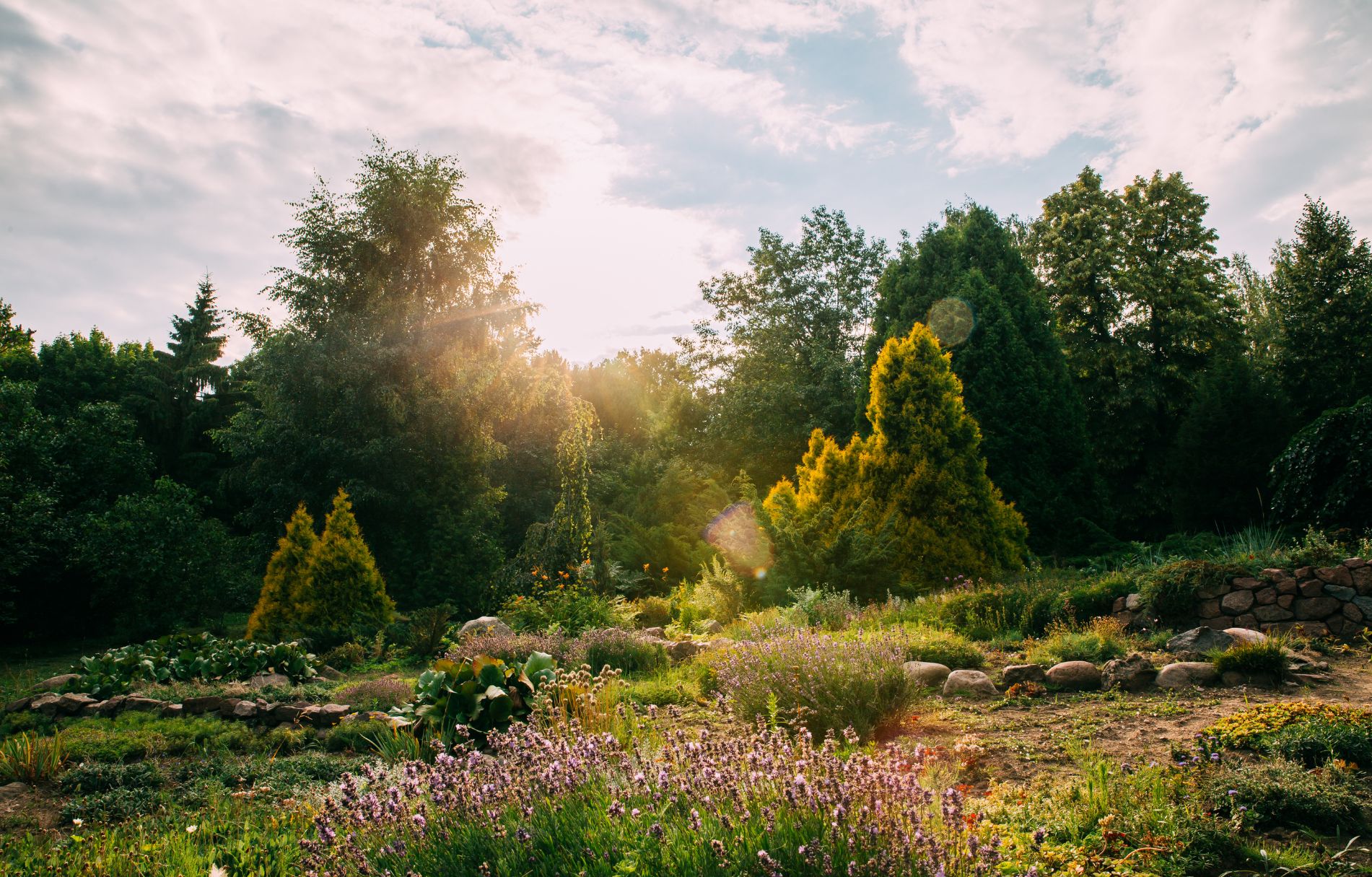As the day’s grow longer and the sun shines brighter, it’s time to shake off the spring remnants and get your garden summer ready. Whether you are growing vibrant flowers, juicy fruits and vegetables or even some lush greenery, preparing your garden for these summer months is crucial, for healthy plants and a beautiful thriving outdoor space.
We have put together a list of things you can do, to help get you started!
1. Clean Up Garden Beds
The first thing to do is start by cleaning up garden beds and remove any debris from spring. Removing dead leaves, any weeds that have taken root and rubbish that may have collected is the best way to make room for new growth and more vibrant spaces. You can use gloves to protect your hands and a rake for larger areas. Even put some music on!
2. Test & Nourish Your Soil
Having healthy soil is the foundation for a thriving garden. By conducting a soil test to check soil PH & nutrients can help determine where you are at. If you are in need or some nourishment, check out our range of composts here, to help get you started.

3. Plan & Plant Wisely
Choose summer-friendly plants that thrive in your local climate. If you’re living in Scotland like us, it’s important to select hardy, weather-resistant plants that can handle the ever-changing conditions—from sudden downpours to cooler temperatures, even in summer. Our climate can be unpredictable, so opt for tough, low-maintenance varieties that will keep your garden looking vibrant no matter the weather.
Look for perennials like Lupins, Hardy Geraniums, Astilbes, and Echinacea, which can withstand cool nights and damp soil while offering stunning summer colour. Shrubs such as Hydrangeas or Heathers add texture and seasonal interest, and native wildflowers can attract pollinators and support biodiversity.
When planning your planting, also consider colour combinations that will make your garden pop—complementary hues like purple and yellow or soft pastel mixes work beautifully in Scottish light. Pay attention to bloom times too, aiming to stagger flowering periods so your garden remains colourful throughout the season.
4. Water Smarter
The summer heat can dry out soil quickly, leaving your plants stressed and dehydrated. Prolonged sunshine, warm winds, and higher temperatures can cause moisture to evaporate rapidly from the soil, which may lead to wilting or even plant loss if not addressed promptly. To keep your garden healthy and hydrated, it’s important to adopt smart watering techniques that ensure your plants get the moisture they need without wasting water.
The best time to water your plants is early in the morning or later in the evening, when the sun is low. This reduces evaporation and allows water to soak deeper into the soil, reaching plant roots more effectively. Avoid watering during the hottest part of the day, as much of the moisture will simply evaporate before it can be absorbed.
Use a watering can with a rose attachment for gentle, targeted watering, especially for delicate flowers or young seedlings. For larger beds or vegetable patches, a soaker hose or drip irrigation system can be a worthwhile investment—delivering water directly to the root zone where it’s needed most, while also conserving water.
5. Create Comfortable Spaces
Summer is also for enjoying your garden. You can add seating, shade structures, or decorative lighting to make your garden a welcoming retreat. Some other ideas can include a hammock for a cosy summer afternoon snooze, a DIY birdbath for our feathered friends or even some fairy lights to give your garden that magical feel!
6. Add Mulch!
Mulching is a simple yet powerful way to support your garden’s health, especially during the warmer months. By adding a protective layer of mulch over the soil, you help retain moisture, meaning less frequent watering is needed even on hot days. Mulch also helps suppress weeds by blocking sunlight, reducing the competition for water and nutrients. Another key benefit is that it helps keep plant roots cool, protecting them from heat stress and temperature fluctuations. Browse our range of Caledonian Horticulture mulches here.
7. Install Rain Barrels or Water-Saving Systems
Water conservation becomes especially important during the summer months, particularly in drought-prone regions where every drop counts. As temperatures rise and rainfall becomes less frequent, gardens and green spaces can place added pressure on water supplies. One of the simplest and most effective ways to reduce your water usage is by installing a rain barrel.
Rain barrels allow you to collect and store rainwater from your roof via your gutter system. This harvested water can then be used to hydrate your plants, wash garden tools, or top up birdbaths—all without turning on the tap. Not only does this practice help you lower your water bills, but it also significantly reduces your environmental footprint, making your garden more sustainable.
Using rainwater is also better for your plants. It’s free of the chemicals often found in tap water, such as chlorine or fluoride, making it a more natural and gentle option for watering flowers, vegetables, and herbs. And the savings add up—less reliance on hoses or sprinklers means reduced utility costs and less strain on local water systems during peak demand times.
To make the most of a rain barrel system, place it near your garden beds for easy access, and consider connecting more than one barrel for greater capacity. With just a little setup, you can turn Scotland’s famously wet climate (or wherever you are!) into a resource—and your garden will thank you for it.

8. Start a Garden Journal
Keeping track of what you plant, where you plant it, and how it performs throughout the season is one of the most valuable habits a gardener can develop. Whether you’re a beginner or a seasoned grower, maintaining a garden journal gives you a clear record of what’s working (and what’s not), helping you make more informed decisions year after year.
A garden journal doesn’t have to be fancy—it can be a notebook, a binder, a digital spreadsheet, or even an app. The key is to record useful details like planting dates, plant varieties, locations within your garden, and how each plant grows over time. Noting this information makes it much easier to plan future layouts, rotate crops, and avoid repeating past mistakes.
-
 Builder’s Bag Planter Mix£79.00 inc VATRated 4.93 out of 5 based on 41 customer ratings
Builder’s Bag Planter Mix£79.00 inc VATRated 4.93 out of 5 based on 41 customer ratings -
 Builder’s Bag Kelpie Compost£72.00 inc VATRated 4.96 out of 5 based on 138 customer ratings
Builder’s Bag Kelpie Compost£72.00 inc VATRated 4.96 out of 5 based on 138 customer ratings -
 Builder’s Bag Green Goodness£52.00 inc VATRated 4.90 out of 5 based on 197 customer ratings
Builder’s Bag Green Goodness£52.00 inc VATRated 4.90 out of 5 based on 197 customer ratings



